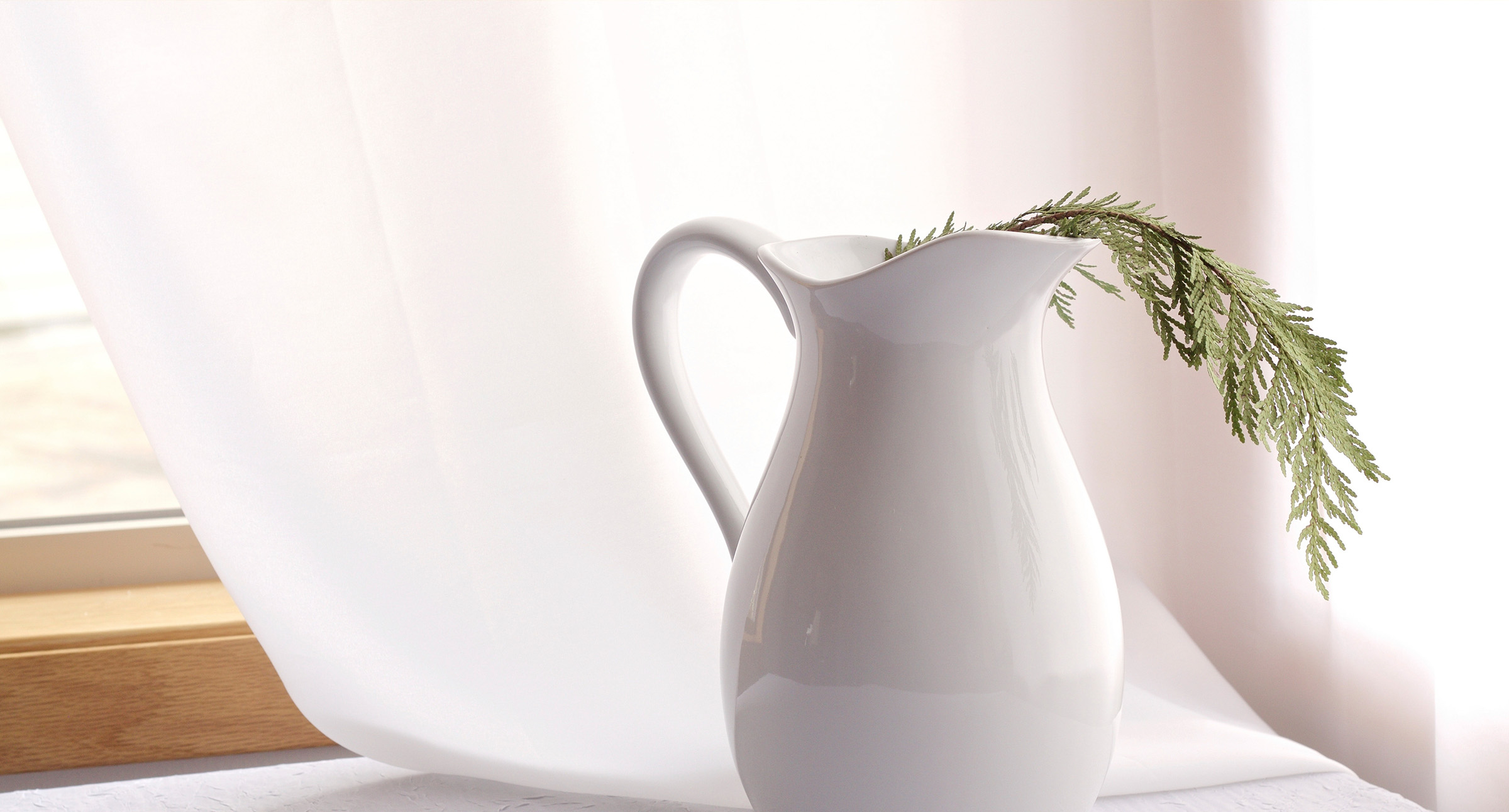
Professor: “Why do you want me to test a recipe?”
Chef Alex: “A chef called me the other day. He is being interviewed by a local paper next week. They asked him for a couple of original recipes to be published, one of which must be a winter dessert. He didn’t have any original dessert recipes, so he called me. I have a Walnut Pie recipe I did years ago. When I first made it, I used metric measurements, so I had to convert it. I tested it, made a few corrections, and tested it again. I really need someone else to test it, and since you now are doing some cooking and baking, I thought it would be great if you tested it.”
Professor: “So, you are saying that if I can make it, everyone can.”
Chef Alex: “That is not what I said, but yes.”
Professor: “OK, but you’ll have to tell me what it means to test a recipe and what exactly I need to do.”
Chef Alex: “Recipe testing is the process of repeatedly making a recipe to perfect it and ensure that it is foolproof, especially if it is for publication, so readers can recreate it in their homes.
Testing a recipe is essential in the cooking process to ensure its accuracy, taste, and overall success. Whether you’re trying out a new recipe or adjusting an existing one, when a dish is created, it must be written and tested. In the development stage, a recipe must be tested and rewritten.
It is essential to understand that anytime a change is made to a recipe, it must be tested again. It is best if only one change is made at a time. As an example, if you are working on a rice dish and want to change the type of rice and also the amount, it should be tested once with a different kind, and then again with a different amount, and maybe a third time if both the type and amount is changed. This allows you to determine precisely what effect each change has.”
Professor: “How many times should a recipe be tested?”
Chef Alex: “A simple recipe with only a few ingredients should be tested at least twice. A more complicated recipe with many ingredients should be tested at least four or more times.”
Professor: “The recipe I’m testing is already written and tested once. What is the procedure you want me to follow?”
Chef Alex: “These steps will help you effectively test a recipe:
- Thoroughly read the recipe: Before you begin, carefully read the entire recipe from start to finish to understand the steps and ingredients required. Familiarize yourself with the cooking techniques involved.
- Ingredients: Gather all the necessary ingredients. Using the right ingredients is crucial for accurate testing. Note if you have problems finding all the ingredients listed in the recipe.
- Equipment: Ensure you have all the equipment needed and at the correct size.
- Measurements: Precise measurements are essential for replicating the recipe correctly. Use measuring cups and spoons to ensure you add the right quantities of ingredients.
- Instructions: Follow the recipe instructions closely during your first test. This will allow you to assess the original intent of the recipe. Were the instructions clear and easy to follow?
- Take notes: Have a pen, testing sheet, or paper handy to jot down notes. Record any modifications you make, cooking times, and any observations about the process.
- Taste: During cooking, taste the dish as you go and at various stages. This will help you identify areas where you may need to adjust seasoning or flavors.
- Cooking times and temperatures: Follow the recommended cooking times and temperatures and note any deviations from the expected results.
- Texture and consistency: Pay attention to the texture and consistency of the dish. This is especially important for baked goods, where small changes can significantly affect the outcome.
- Presentation: Consider the presentation of the dish once it’s ready. Take a few photos. Visual appeal is an essential aspect of a successful recipe.
- Feedback: If possible, have others taste the dish and gather their input. This can provide additional insights and perspectives on the recipe.
- Adjustments: Based on your notes and feedback, make any necessary adjustments to the recipe. This could include tweaking ingredient quantities, cooking times, or techniques.
- Repeat: If you’ve made adjustments, retest the recipe to see if the changes have improved the dish. Repeat this process as needed until you’re satisfied with the results.
- Document the Final Recipe: Once you’re happy with the outcome, update the recipe with the modifications you made. Include detailed instructions, ingredient quantities, and any helpful tips or variations.
Professor: “Sounds like fun, I’m looking forward to getting started.”
Chef Alex: “Remember that testing a recipe might take several attempts to get it right. While it may sometimes feel tedious, frustrating, or repetitive, it’s a necessary step to produce high-quality, consistent, and trustworthy recipes.
Be patient, open to feedback, and willing to make improvements along the way.”

